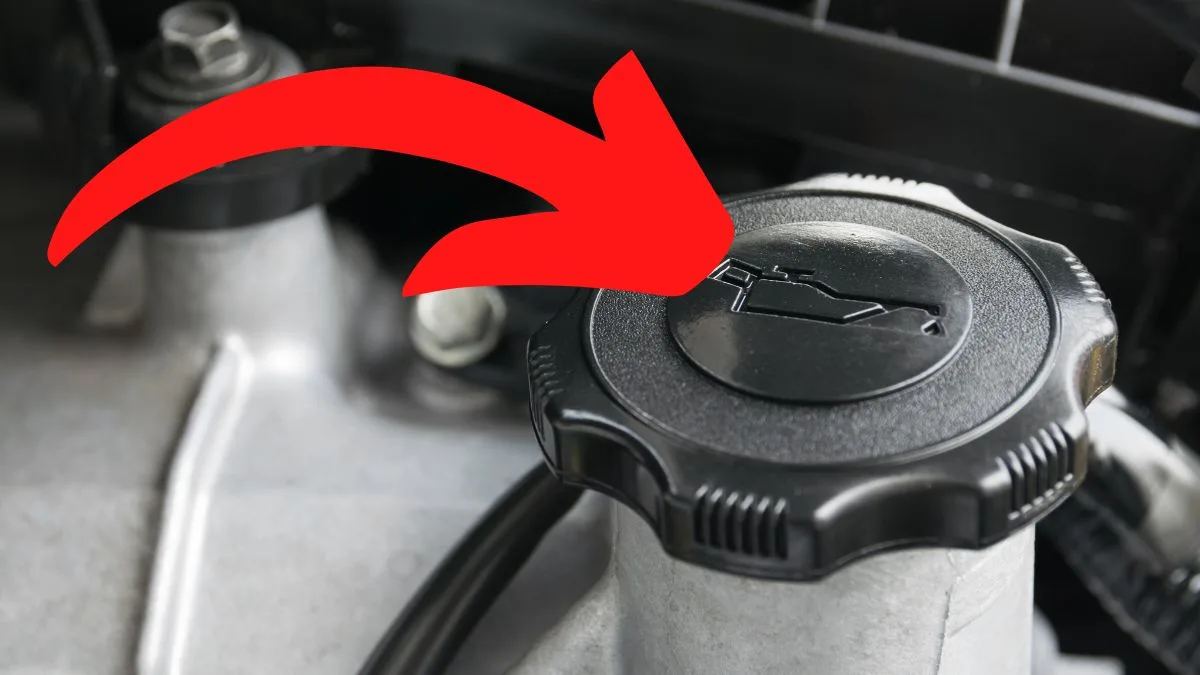Over the years, much research and development has been ongoing to develop better and environmentally sustainable cars.
And, despite the shift towards electric vehicles, we can all agree that a great majority of the vehicles on our roads use fossil fuel and have a gas tank somewhere in their structure.
And, with every gas tank is a gas cap. If you’ve recently lost yours or are fearing that it’s faulty and might need replacement, you’re not alone.
A question that often creeps into most people’s minds is whether gas caps are universal.
Gas caps are universal, despite various types of gas caps feature different technologies and locking mechanisms.
However, just because one fits every vehicle’s gas tank doesn’t mean it will work well.
The gas cap is more than just a cover; it has sensors and specs that differ with the manufacturer or even individual car models.
What’s the Purpose of a Gas Cap?
Traditionally, gas caps were simple covers that closed the opening of the fuel tank filler neck and prevented gas from trickling out.
However, stronger safety and emissions concerns drove the need for gas caps that could accomplish other roles as time passed.
And as of today, gas caps still prevent fuel backflow from the tank in the case of a rollover or a fall.
Additionally, they’re an essential part of the emissions control and onboard diagnostics systems (OBD II), which work to improve and regulate a vehicle’s performance and emissions.
This includes preventing gasoline vapors from constantly leaking out of the tank as you’re driving.
Consequently, you’ll lower your vehicle’s carbon emissions rates and improve its fuel economy significantly.
For example, you’ll waste more fuel if you have a habit of driving a car with a broken or missing gas cap, to the tune of close to 30 gallons annually.
That’s quite a lot of fuel and, subsequently, money, considering that gas caps are easy to find and cheap to purchase.
Another purpose of the gas tank is to keep the fuel clean and pure.
To some extent, driving a capless car exposes it to a myriad of problems resulting from dirty fuel, as moisture and dirt will keep on contaminating it.
The result is poor engine performance, idling issues, and inconsistent starts.

Signs of a Faulty or Failing Gas Cap
Generally, gas caps last for 50,000 to 100,000 miles but may need replacement earlier if broken or malfunctioning.
In some cases, the gas caps will wear out quicker due to exposure to harsh conditions and poor use.
Therefore, as a driver, it’s crucial that you periodically inspect them for the following signs.
- Is your gas cap tight enough? If not, chances are that it’s already broken and hence lacks the airtight sealing properties of an ideal one. And the best way to know if it is tight is to pay attention to hear if it clicks when you tighten it correctly.
- Look out for any fuel smells from your car. If the gas cap seal is worn out or damaged, fuel vapors will leak through the filler neck, and a keen observer can easily detect the leak.
- Look out in case the check engine light comes on. A significant advantage of having a functional Evaporative Emission Control (EVAP) system in your car is that the check engine light comes on when the system is faulty.
However, the check engine light comes on for many other reasons and is not exclusively limited to a defective gas cap.
Consequently, have a professional scan your car’s computer for trouble codes.
How Much Does It Cost To Replace a Fuel Cap?
A replacement gas cap costs between $10 to $100, depending on the model and quality.
Furthermore, you’ll have to pay labor costs that may sum up to between $20 and $30, depending on the complexity of the task.
Moreover, not all fuel cap replacements are cheap, as sometimes a faulty fuel cap results in many other problems for the tank and the Evaporative Emission Control (EVAP) system. Hence, expect to pay more if:
- Your car has a broken filler neck/ vent hose.
- The EVAP system needs cleaning and all remnant gasoline in the charcoal canister removed.
- There are more leaking or clogged EVAP rubber hoses that feed fuel vapors to the charcoal canister.
We recommend replacing your lost gas cap as soon as you lose it or realize it isn’t working.
And the good news is that you will quickly get a functional one from any automobile shop, Walmart, eBay, or even your local garage.
However, in as much as gas caps are universal, it’s best to acquire one that’s appropriate for your car.
If you’ve lost yours, consult your car’s manual or your local dealership to get its specifics. Alternatively, you can use your car model and year of manufacture to get the exact details.
If you lose it midway through your journey, the best action is to improvise and cover the fuel tank entry point with a bottle or rag until you get to the nearest service center or fuel station.
Final Remarks on If Gas Caps are Universal
It’s imperative that you re-install your car’s gas cap properly after each fill-up. And, if you’ve lost it or suspect it isn’t working well, replace it as soon as possible.
And remember that your car may display a check engine light even after replacing the gas cap.
If you see this, there’s no need to panic, as it may take several start-and-runs to reset the light.
Finally, replace your car’s gas cap with a suitable model from a reliable manufacturer for your specific make and model.
Shy away from the one-size-fits-all caps you’ll find all over the place.
